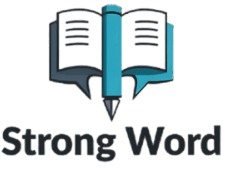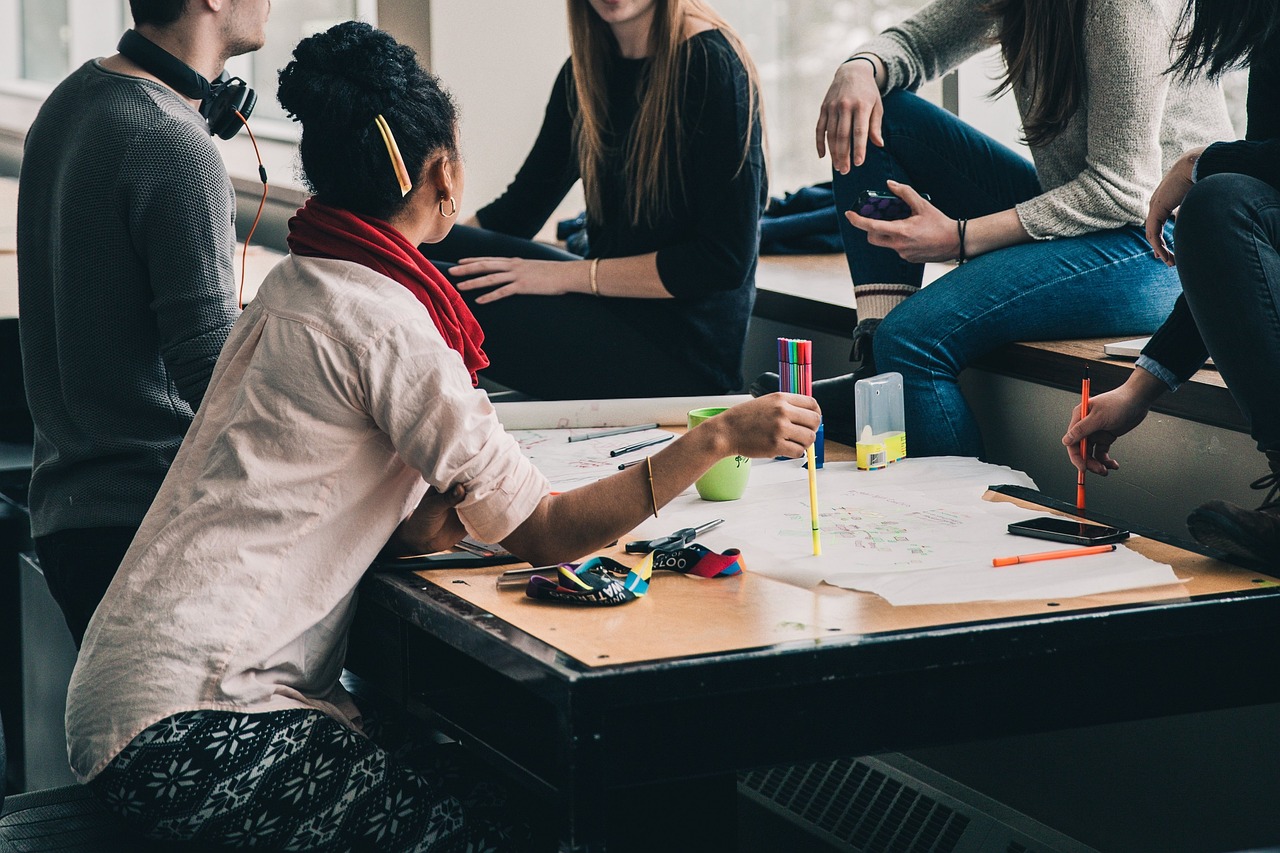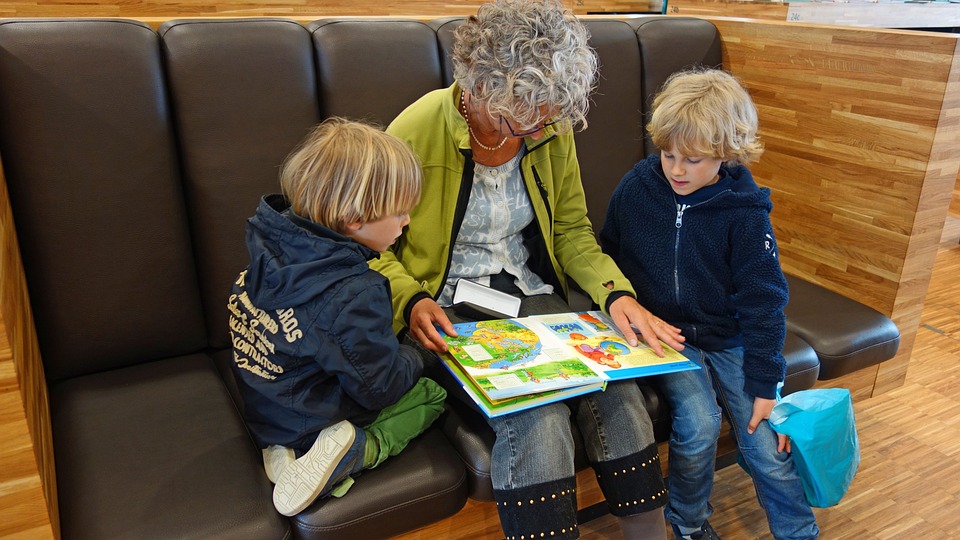Does Dyslexia Reading Programs Work?
Before we get to the reading programs itself just a couple of quick facts!
- These students need specific reading instructions
- This means many programs are ineffectual for dyslexia
The oldest and best reading instruction or teaching Dyslexia Reading Programs has always been the Orton Gillingham approach.
The best work uses multisensory, intensive and explicit methods and should include phonemic awareness, explicit instruction of rules for spelling, and fluency
More effective and efficient teaching reading method doors are now being opened by what is also known as assistive technology.
Although not widely adopted yet, over the normal and traditional programs, the new software-based reading programs do show some promising advantages over the older ways.
How does a person teach reading to the Dyslexic?
All research to date shows to teach a dyslexic person to read you have to use a specific and special kind of instruction in terms of methods and content, so let us look at a summary of these:
The key ingredients of effective early intervention programs as per Dr. Sally Shaywitz, a prominent dyslexia researcher, are:
- 1: Direct and systematic instructions in the following:
- Concepts and Vocabulary
- Phonemic Awareness
- Phonics
- Reading sight word
- Spelling
- Strategies for comprehension reading
- Words need to be sounded out
- 2: Applying all this through daily practice in writing and reading using it every day from email writing to the reading of local newspaper comic strips
- 3: Training in Fluency:
Fluency equals reading with : - Accuracy
- Good comprehension
- Smoothness
- Speed
When the reading becomes tough and slow, the kids tend to spend to much time and energy trying to sound out the words and they end missing the meaning of the words entirely - 4: Language experiences that enrich:
using interactive dialogue involves storytelling, listening, and speaking
Using the following techniques might also add to the rate at which the child or adult can learn to read better:
Multisensory Training/Learning:
This is the use of more than one sense all at once like:
- Hearing (auditory)
- Touch (Kinesthetic)
- Visual
This is a way which you can also teach math to a child, for example when you teach a child the letter A, they will get shown the letter, say it out loud and write it out in the air all at the same time and this multisensory input is used to enhance the memory storage and retrieval.






